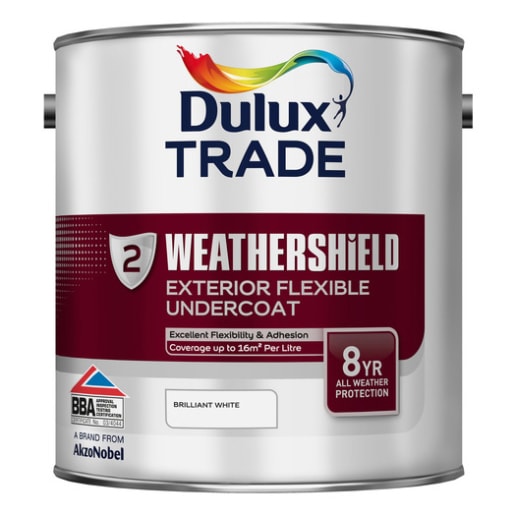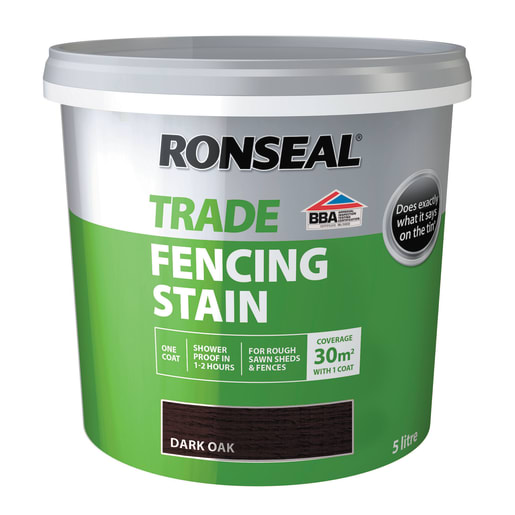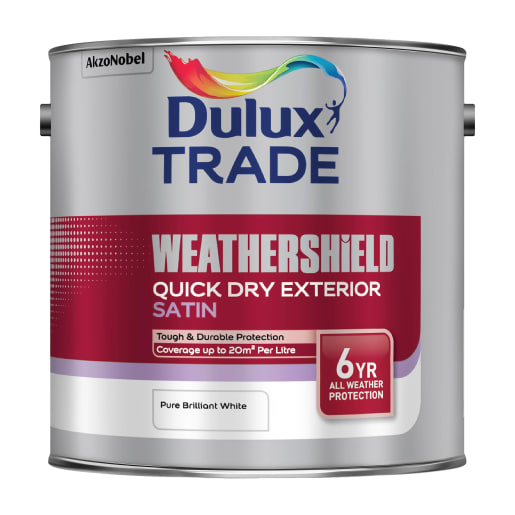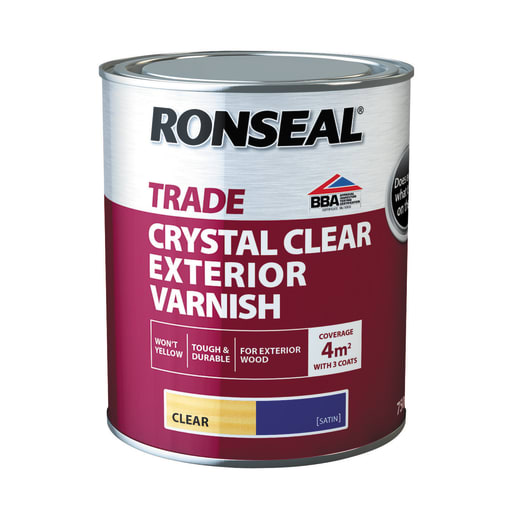Wood structure may be likened to close-packed tubes along which water can pass easily but between which it cannot easily permeate. Therefore, water is absorbed into the end grain of timber much faster than it is across the grain. This difference can be from several times to several thousand times faster depending on the species of timber.
The effect of such water penetration through the edges can cause any or all of the following faults:
- swelling of the board edges
- discolouration and watermarking
- failure of surface coatings
- mould and stain development
- decay
- delamination or disintegration
For most applications wood-based panel manufacturers recommend that any exterior grade panel used externally should be fully painted prior to installation, this includes both faces and importantly all edges, including those cut on-site. This will help to minimise moisture ingress and provide more balance to the boards, for example to prevent thinner boards, such as used for soffits, warping in service. There are a variety of different paint finishes available and guidance on their suitability and use should be sought from the paint/coating manufacturer for the particular wood-based panel type and hazard class. It is possible to obtain reasonable performance from a conventional paint finish on most panels, without a paper overlay. For plywood a good face grade must be used, BS EN 635-4 gives guidance on which surface grades are suitable for coating under each service class.





